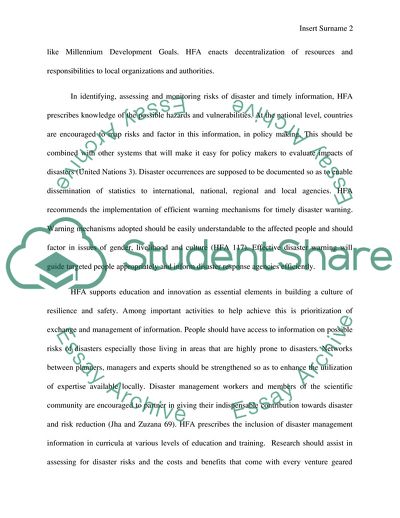Cite this document
(Post-Disaster Reconstruction Of The Built Environment Research Paper, n.d.)
Post-Disaster Reconstruction Of The Built Environment Research Paper. https://studentshare.org/engineering-and-construction/1802478-critically-explore-the-works-of-hygogo-framework-for-action-report-for-a-new-ngo
Post-Disaster Reconstruction Of The Built Environment Research Paper. https://studentshare.org/engineering-and-construction/1802478-critically-explore-the-works-of-hygogo-framework-for-action-report-for-a-new-ngo
(Post-Disaster Reconstruction Of The Built Environment Research Paper)
Post-Disaster Reconstruction Of The Built Environment Research Paper. https://studentshare.org/engineering-and-construction/1802478-critically-explore-the-works-of-hygogo-framework-for-action-report-for-a-new-ngo.
Post-Disaster Reconstruction Of The Built Environment Research Paper. https://studentshare.org/engineering-and-construction/1802478-critically-explore-the-works-of-hygogo-framework-for-action-report-for-a-new-ngo.
“Post-Disaster Reconstruction Of The Built Environment Research Paper”. https://studentshare.org/engineering-and-construction/1802478-critically-explore-the-works-of-hygogo-framework-for-action-report-for-a-new-ngo.


